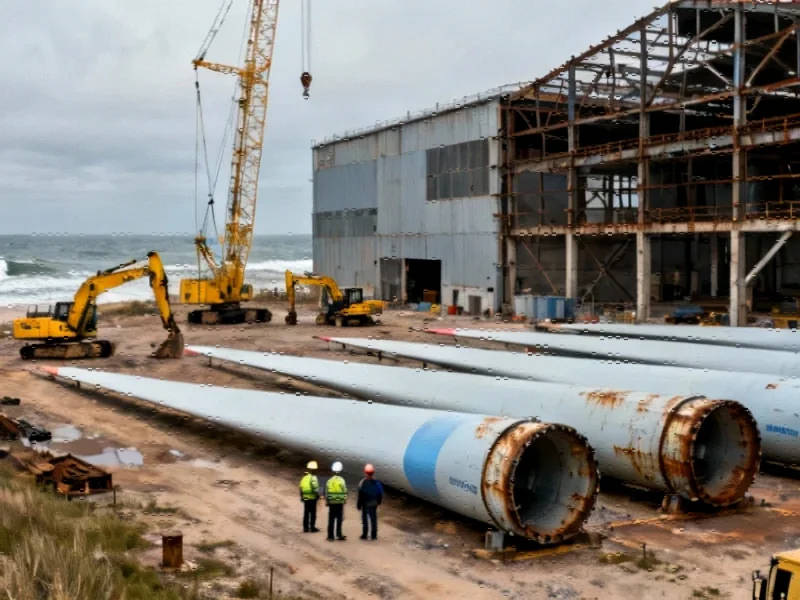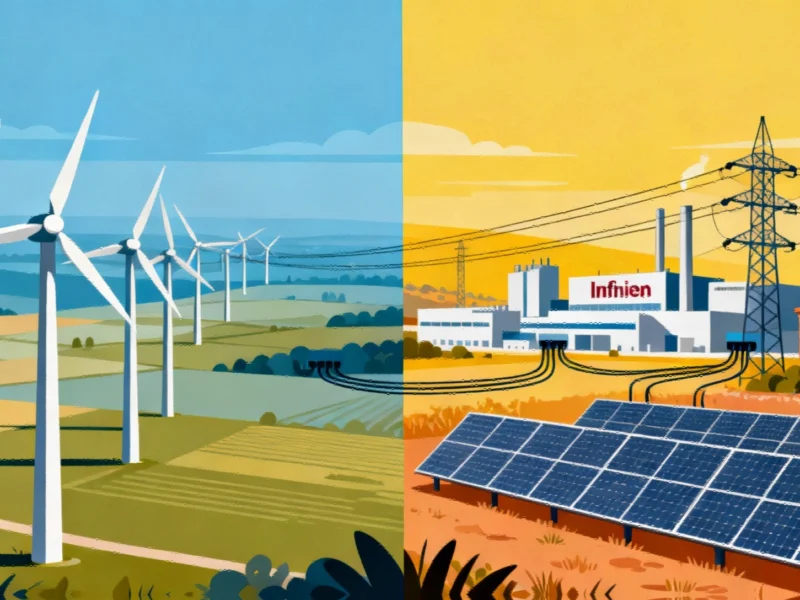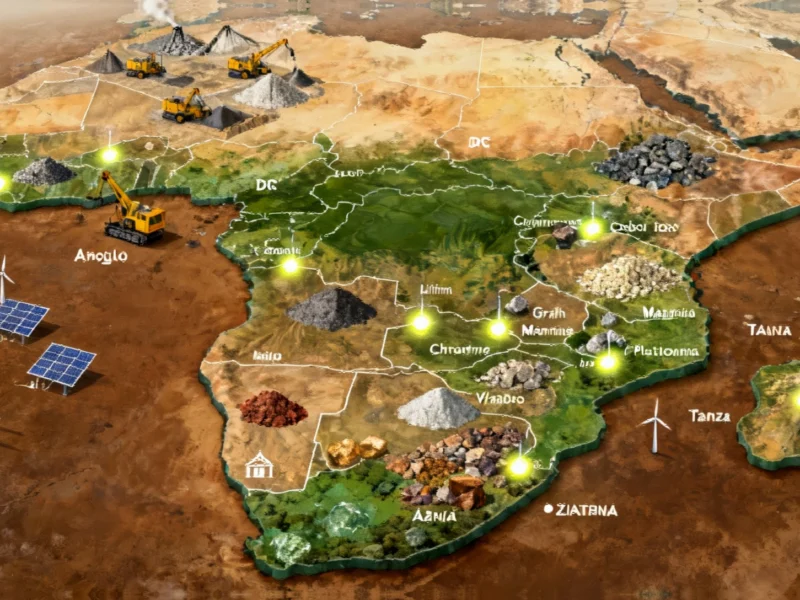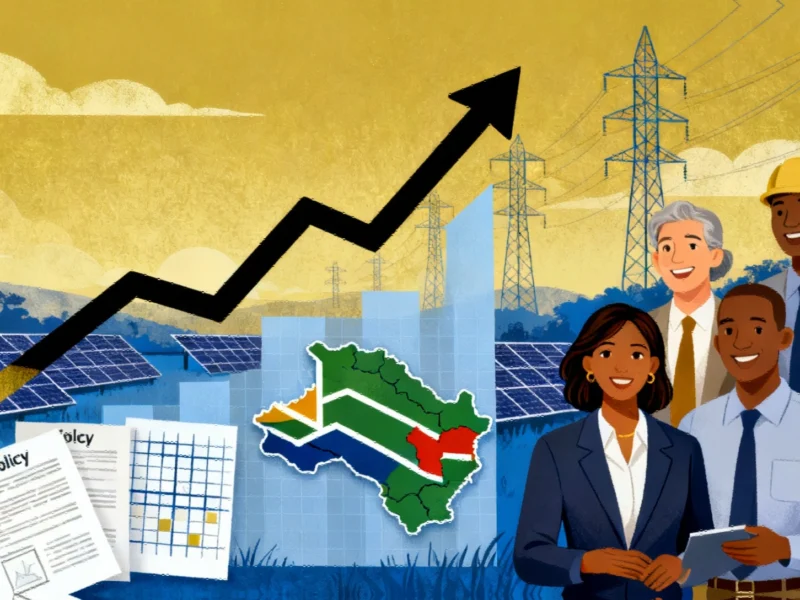Strategic Pivot in European Renewable Energy
Vestas, Europe’s premier wind turbine manufacturer, has indefinitely suspended development of what was slated to become its largest Polish production facility near Szczecin. This decision reflects broader challenges facing the continent’s offshore wind sector, where demand projections have failed to materialize amid economic pressures and regulatory hurdles. The suspended factory was intended to manufacture blades for Vestas’s flagship 15MW offshore turbines, with operations originally scheduled to commence in 2026 and create over 1,000 local jobs.
Market Realities Force Manufacturing Reassessment
The Danish company confirmed the suspension stems from “lower than projected demand for offshore wind in Europe,” highlighting the gap between ambitious renewable energy targets and market realities. This development represents a significant setback for Poland’s energy transition strategy, which aimed to leverage domestic manufacturing capacity to reduce dependence on coal while positioning itself as a regional hub for renewable technology.
European governments face mounting challenges in meeting their collective offshore wind target of 129GW by 2030. Current projections from consultancy TGS 4C indicate the continent is tracking toward only approximately 84GW, with recent auction failures in Denmark and Germany underscoring the sector’s difficulties. These market conditions have forced manufacturers to reconsider expansion plans despite long-term climate commitments.
Broader Industrial Implications
The suspension arrives amid wider industry developments affecting manufacturing sectors across Europe. While renewable energy faces particular headwinds, other segments continue advancing through related innovations in financing and technology.
Vestas maintains other Polish operations continue unaffected, including an existing nacelle assembly plant and a blade production facility for onshore turbines. However, the Szczecin project represented the company’s most ambitious Polish investment to date, situated on land acquired specifically for offshore wind component manufacturing.
Geopolitical and Economic Context
Europe’s wind sector contends with multiple challenges beyond demand fluctuations:
- Supply chain constraints affecting component availability and pricing
- Political opposition in key markets like the United States
- Intensifying competition from Chinese manufacturers
- Investment uncertainty affecting project viability
These factors complicate the global trade environment for renewable technology while creating opportunities for competitors to gain market share during periods of European retrenchment.
Poland’s Energy Transition Ambitions
Despite this setback, Poland continues advancing its offshore wind agenda. The Baltic Power joint venture between Orlen and Northland Power—utilizing Vestas turbines—remains on track to commence operations next year. Warsaw’s broader strategy targets 18GW of offshore capacity by 2040, representing approximately half of Europe’s current total installed capacity.
The Polish government had envisioned domestic manufacturing as a cornerstone of its renewable energy strategy, hoping to supply turbines to markets throughout Europe. Vestas’s decision underscores the challenges in aligning manufacturing investment with market timing, even as market trends increasingly favor renewable energy development.
Industry Adaptation and Future Outlook
Vestas emphasized it “continues to invest in a local manufacturing footprint where offshore wind market volume and certainty allow,” suggesting a more cautious approach to capacity expansion. This mirrors strategic shifts by other major players, including Ørsted’s recently announced retreat from the US market to refocus on Europe and Asia.
The suspension highlights how even established renewable energy leaders must navigate complex recent technology and investment landscapes. As European manufacturers recalibrate their strategies, the window for international competitors to expand their presence in the European market may be widening, potentially reshaping the continent’s renewable energy supply chain in the coming years.
The evolving situation demonstrates the delicate balance between climate ambitions, manufacturing investment, and market realities in Europe’s energy transition.
This article aggregates information from publicly available sources. All trademarks and copyrights belong to their respective owners.
Note: Featured image is for illustrative purposes only and does not represent any specific product, service, or entity mentioned in this article.



